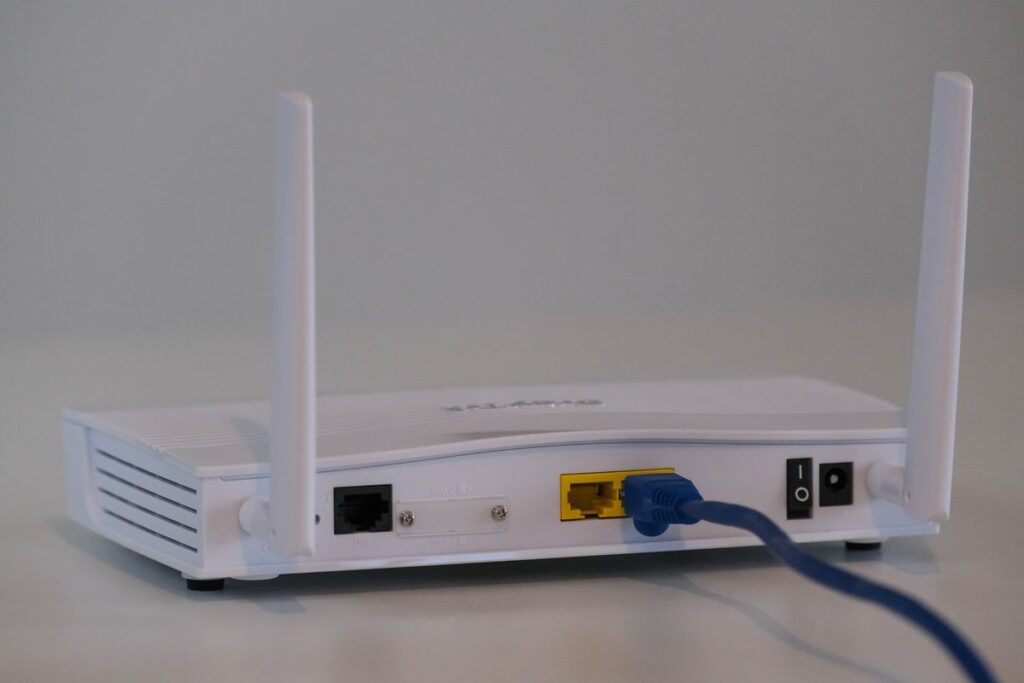Ready to move your applications or website over to the cloud? If so, it’s important to first understand how dedicated server networking and connectivity can affect your cloud migration process. We’ll go over everything you need to know in this ultimate guide, from understanding the basics of networking and connectivity to learning about the best practices for ensuring a successful cloud migration.
Introduction to Dedicated Server Networking
A dedicated server is a single computer in a network reserved for serving the needs of the network. Dedicated servers are usually expensive and are often used by organizations that require their own web server, email server, or database server. When you migrate your workloads to the cloud, you can still take advantage of dedicated servers for networking and connectivity purposes.
Dedicated servers offer many benefits for cloud migration, including improved performance, security, and control. In addition, dedicated servers can provide you with a more reliable connection to the internet and other devices on your network.
When you migrate to the cloud, you will need to configure your networking settings to take advantage of your new environment. This includes setting up a virtual private network (VPN) or using a public cloud provider that offers direct connect options. You will also need to choose an appropriate networking strategy, such as using multiple Availability Zones or Regions, to minimize latency and maximize availability.
Benefits of Dedicated Server Networking for Cloud Migration
Dedicated server networking is critical for cloud migration. By leveraging a dedicated server, you can ensure that your data is transferred securely and quickly between your on-premises environment and the cloud. In addition, a dedicated server network can provide you with added flexibility and scalability as you migrate your applications and workloads to the cloud. Here are some of the key benefits of using a dedicated server for cloud migration:
Security: A dedicated server provides you with a secure connection to the cloud, which helps to protect your data during transfer.
Speed: A dedicated server can help to expedite data transfer between your on-premises environment and the cloud.
Flexibility: A dedicated server network can provide you with added flexibility as you migrate your applications and workloads to the cloud. For example, you can use a dedicated server to test new application versions in the cloud before deploying them to production.
Scalability: A dedicated server network can also provide you with added scalability as you migrate to the cloud. For example, if you need to increase capacity for data transfers, you can simply add additional servers to your network.
Types of Network Connectivity for Dedicated Servers
There are several types of network connectivity for dedicated servers that can be used for cloud migration. The type of connectivity will depend on the application and use case.
- Public Network Connectivity
Public network connectivity is the most common type of connectivity for dedicated servers. This type of connectivity provides access to the Internet and other public networks. Public network connectivity can be provided through a variety of means, including Ethernet, Wi-Fi, and cellular data.
- Private Network Connectivity
Private network connectivity is typically used for applications that require a more secure connection, such as financial transactions or sensitive data. Private network connectivity can be provided through a variety of means, including VPNs, private clouds, and dedicated lines.
- Hybrid Network Connectivity
Hybrid network connectivity combines public and private connectivity to provide the best of both worlds. Hybrid network connections are often used for applications that need both security and access to the Internet. Hybrid network connectivity can be provided through a variety of means, including SD-WANs, MPLS networks, and hybrid clouds.
Setting Up a Dedicated Server Network for Cloud Migration
A dedicated server network is a critical part of any cloud migration strategy. In this guide, we’ll show you how to set up a dedicated server network that can support your cloud migration.
A dedicated server network can provide the bandwidth and connectivity needed to support a cloud migration. A typical cloud migration can involve moving terabytes or even petabytes of data from on-premises data centers to the cloud. A dedicated server network can provide the high-speed connectivity needed to move this data quickly and efficiently.
In addition, a dedicated server network can provide redundancy and failover capabilities that can help ensure a successful cloud migration. If one connection or component fails, the other components in the network can pick up the slack and keep the migration on track.
A dedicated server network can also be used to connect multiple on-premises data centers to the cloud. This can provide added flexibility and efficiency when migrating data from multiple locations.
setting up a dedicated server network for cloud migrations requires careful planning and execution. But with careful planning, it’s possible to set up a dedicated server infrastructure that supports your cloud goals.
Security Risks and Best Practices for Secure Networking
Security is always a top concern when it comes to networking, and dedicated servers are no exception. In this guide, we’ll cover the security risks to consider when migrating to a dedicated server, as well as best practices for creating secure network infrastructure.
When migrating to a dedicated server, one of the first things to consider is the physical security of the data center. Make sure that the data center has adequate security measures in place, such as CCTV and access control. Also, be sure to ask about the data center’s policies regarding disaster recovery and business continuity.
Another important consideration is the security of your network infrastructure. Be sure to use strong passwords and two-factor authentication for all devices and services. encrypt all sensitive data in transit, and make use of firewalls and intrusion detection/prevention systems. By taking these precautions, you can help ensure that your dedicated server is protected from attack.
Troubleshooting Common Issues with Dedicated Server Networks
If you’re having trouble with your dedicated server network, there are a few common issues that you can check for. First, make sure that all of your network cables are securely connected and that your router is properly configured. If you’re still having problems, try restarting your router and/or your computer. If that doesn’t work, contact your ISP or system administrator for help.
Alternatives to Dedicated Server Networking
If you are looking for alternatives to dedicated server networking, there are a few options available. One option is to use a shared server network. This type of network can be found in many hosting companies and is often used by small businesses. Another option is to use a virtual private server (VPS). A VPS is similar to a dedicated server in that it provides its own operating system and can be configured as needed. However, a VPS is typically hosted on a shared server and does not have its own physical hardware.
Conclusion
Dedicated servers offer an excellent platform for businesses looking to migrate their applications and data to the cloud. With its increased security, reliability, robustness, and scalability, dedicated server networking and connectivity are essential components of successful cloud migration strategies. We hope this guide has provided you with a comprehensive overview of how dedicated servers can help you move your business operations into the cloud as quickly and efficiently as possible. Whether you are just getting started or already have existing infrastructure in place, understanding how dedicated server networking works is key to making sure that your move goes smoothly.



